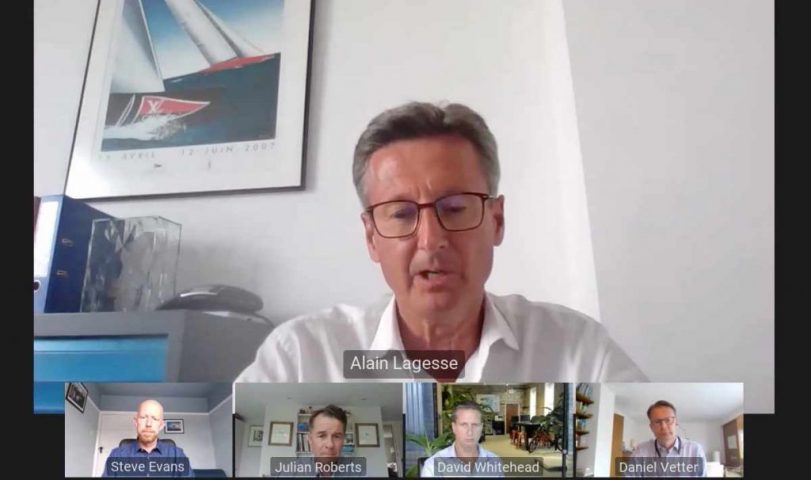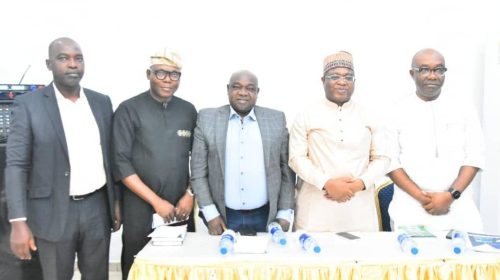Technology drives the parametric risk transfer market: Artemis Live

Author: Katie Baker—– Undoubtedly, technology continues to be the driver of growth in the parametric risk transfer sector, said David Whitehead, Co-CEO of Speedwell Weather in a recent webcast with sister publication, Artemis.
Last week, the Artemis Live series of interviews and webcasts with leaders and experts from across the re/insurance and insurance-linked securities (ILS) sector, hosted a webcast on parametric insurance in partnership with the Weather Risk Management Association and supported by our kind sponsor Descartes Underwriting.
Titled, The Power of Parametric Solutions for Climate Resilience, panellists explored the past, present and future of parametric risk transfer as adoption for this type of coverage continues to increase.
Parametric insurance differs from traditional protection as it offers faster payout after an event as coverage is designed to trigger once predetermined parameters are met, such as a set amount of rainfall at a given location.
A discussion took place on whether or not the industry is likely to see an expanding range and more targeted solutions towards parametric insurance, with Whitehead explaining how technology and data are key.
“Without a doubt, technology drives this market,” Whitehead explained. “Everyone keeps mentioning data, and simply because it’s the foundation of this market, because without data there would be no parametric marketing.
“If you look back almost 25 years ago when this markets started, it was primarily a market based around 10 locations globally… and that made sense, that was the data available to the market and the market was primarily energy traders.”
In the past, a limited amount of available surface data led to heightened basis risk (the risk the index measurements do not match an insured’s actual losses) between locations, which, according to Whitehead, saw the expansion of surface data become the first round of technological innovation in the marketplace.
He further noted that while data has always been observed by governments, they haven’t particularly used it in a proactive way. However, thanks to companies like Speedwell, which have put a lot of effort into sourcing, cleaning and presenting this data for the market, surface data is now available from hundreds of thousands of sites.
And, as Whitehead told the audience, “more sites means less basis risk, in terms of the weather.”
Additionally, Whitehead highlighted the adoption of gridded datasets (remote sensing) as another round of innovation in the parametrics arena; stating that in theory, these allow you to write a weather contract anywhere in the world.







Leave a Reply